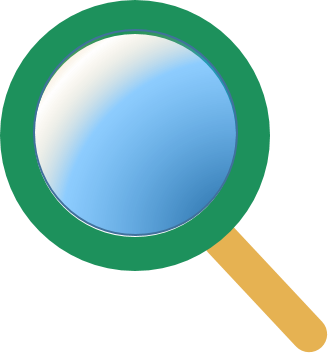
Related items loading ...
Section 1: Publication
Publication Type
Journal Article
Authorship
Wang, Tsechun; Li, Zhi; Ma, Ziqiang; Gao, Zhen; Tang, Guoqiang
Title
Diverging identifications of extreme precipitation events from satellite observations and reanalysis products: A global perspective based on an object-tracking method
Year
2023
Publication Outlet
Remote Sensing of Environment, Vol. 288, 113490
DOI
ISBN
ISSN
0034-4257
Citation
Wang, Tsechun; Li, Zhi; Ma, Ziqiang; Gao, Zhen; Tang, Guoqiang (2023) Diverging identifications of extreme precipitation events from satellite observations and reanalysis products: A global perspective based on an object-tracking method, Remote Sensing of Environment, Vol. 288, 113490,
https://doi.org/10.1016/j.rse.2023.113490
Abstract
Extreme precipitation can trigger various natural hazards, causing catastrophic losses worldwide. As global warming accelerates, it is widely acknowledged that extreme precipitation will become more frequent and intense, calling for more accurate historical and projected precipitation estimation. Identifying extreme precipitation events is understudied particularly on the global scale, given that most studies only focus on pixel-by-pixel characteristics while ignoring the space-time continuity and evolution of extreme events. This study utilizes an object-based tracking method to track the precipitation system objects in time, extracting spatiotemporal attributes of precipitation events and investigates variable definitions of extremes for a better understanding of the performance of existing precipitation datasets. Five satellite and two reanalysis precipitation products (IMERG, GSMaP, PERSIANN-CCS, TRMM 3B42, CMORPH, ERA5, and ERA-Interim) are involved to investigate (1) the difference and similarity of those datasets in depicting the global pattern of extreme precipitation, (2) the impact of various definitions of extreme events, and (3) the trend of global extreme precipitation events. Results show that the object-based method can capture the motion of precipitation events. Different extreme definitions have a large impact on the distribution, trend, and features of extreme precipitation. The inter-comparison of extreme precipitation events from different products shows low correlation, indicating that accurately capturing the evolution of extreme events is still challenging. Reanalysis product-based analysis shows variable trends (magnitudes and signs) based on different attributes of precipitation objects and notable scale effect. Satellite precipitation products exhibit distinct inter-annual variability which could affect their hydrometeorological applications. In summary, this study leverages the object-based tracking method for comprehensive extreme precipitation analysis from the multi-dataset, multi-scale, and multi-definition perspectives, which can advance the understanding of the status and trend of global extreme precipitation.
Plain Language Summary
Section 2: Additional Information
Program Affiliations
Project Affiliations
Submitters
Publication Stage
Published
Theme
Presentation Format
Additional Information
Keywords: Extreme precipitation; Satellite precipitation; Reanalysis precipitation; Object tracking; Climate trend

 GWFNet
GWFNet Master
Master Data
Data Research
Research Map
Map
 Advanced
Advanced Tools
Tools
 . . .
. . .
 Metadata Editor
Metadata Editor
 Record List
Record List
 Alias List Editor
Alias List Editor
 Legacy sites
Legacy sites